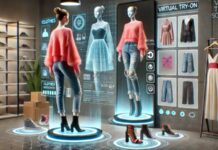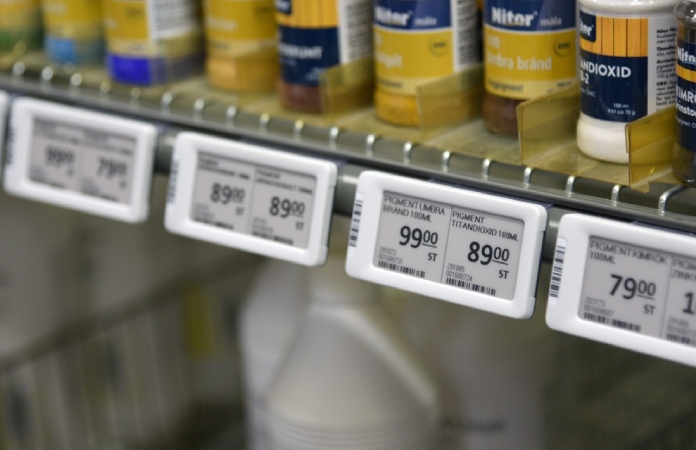The idea of upgrading a retail store with electronic shelf labels (ESLs) is not recent, and the application of the technology has become relatively common in Europe. Although, US retailers have been slow to adapt to this technology for several reasons, including a perceived opinion of low return on investment. But, technologies like digital price tags or ESLs develop to perform functions beyond quick price updates.
Additionally, digital price tags are gaining new abilities that help retailers in managing the stock, cut labor costs, facilitate e-commerce, and communicate with shoppers in more advanced ways.
Below you will find how ESLs are refining the retail industry. Let’s get started:
Inventory Management Optimization
In addition to price competition and labor costs, inventory management is the latest feature linked with digital price tags. Since the beginning of grocery stores, retailers have always found it challenging to deal with the out-of-stocks, with scarce solutions in sight.
In the era of e-commerce, out-of-stocks are explicitly damaging to your business as they can cost you customer satisfaction if even one item out of 20 is not available during an online order.
However, the ESL systems of today are fitted with shelf watch features that utilize in-store cameras and modern application programming interface platforms.
With these API platforms, retailers can choose an interval basis for alerts to inform about low stock situations. Additionally, these alerts can be conveyed to anyone from store executives to store delivery personnel.
The pioneers of this technology at SES-imagotag.com further believe that ESLs are a great way to enhance store inventory management and customer satisfaction simultaneously. Also, with this technology, retailers get all the necessary tools to take on e-commerce businesses.
eCommerce Applications
Retail stores are getting more crowded as eCommerce shoppers are also looking for fresh produce and go through meat selections along with regular brick and mortar customers. This can make things a bit complicated for the store owners, as you now have multiple shoppers looking for their desired products simultaneously.
Many digital price tags of today now support the feature that provides shoppers with a digital map that suggests the aisle they should be visiting next. And when they reach that aisle, the price tags of the needed product begin to flash. Furthermore, to make the buying experience more satisfying and more effortless for shoppers, these flashing lights could be color-coded for every customer present in the store.
Think about it. You could have several customers in the store buying their favorite products by utilizing the different colors of LEDs. Tests of similar technology in the stores have experienced a 30 percent gain in efficiency and the time taken for an order to be fulfilled.
To Sum it Up
Constructing a digitally connected environment provides retailers with the opportunity to satisfy fast-changing customer expectations, and as eCommerce customer traffic continues to grow.
Upgrading the store environment from analog to digital will help retailers better coordinate the virtual and physical experiences of the customers.




























































